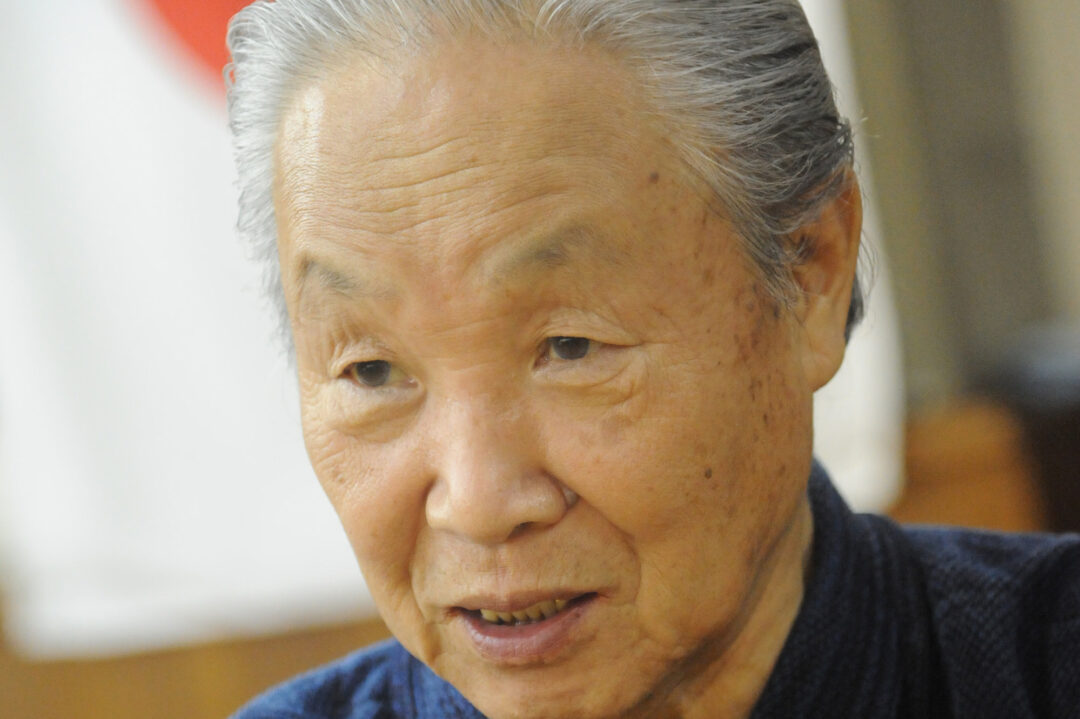In Kendo, you win by applying Seme, disrupting and following through with your strike. Hesitation and slowness will cause you to miss a satisfactory Ippon. Kobayashi Hideo, Chief Instructor of Kendo at the University of Tokyo, will teach you secrets of Kendo that you will never find in any instruction book.
Kobayashi Hideo, 8th Dan Hanshi
Born in Kumamoto Prefecture in 1942. He started Kendo when he entered Chinsei High School. After graduating from high school, he joined the Kanagawa Prefectural Police in 1960. Under the tutelage of Kikuchi Den and Nakamura Taro Sensei, he participated in the All Japan Kendo Championship and the National Athletic Meet. After serving as Chief Instructor of the Kanagawa Prefectural Police, he retired in 2002. He was the coach of the Japanese men’s team at the 12th World Kendo Championship. He is currently the President of the Kanagawa Kendo Federation, an Honorary Shihan of the Kanagawa Prefectural Police and the Chief Instructor of Kendo at the University of Tokyo.
The focal point of Kamae
Big toes and little fingers
In order to perform a strike which you can follow through with, it is necessary to have an undisrupted Kamae. Here I (Kobayashi Hideo) would like to give you some of the points of Kamae that I pay attention to.
There is a saying that expresses the key to Kamae: “The big toe for the feet, the little fingers of the hands”. The point about the little fingers is probably easier to understand. As is often said about the left hand, put more pressure on the little finger and let the other fingers grip lightly. The right hand is also lightly gripped, but I often see people “hooking” it rather than gripping it, or opening and closing their right hand. If this is the case, you will have to re-grip your right hand when you are ready to strike. You can imagine gripping your right hand as if you were holding a child’s hand, or gripping the handle of an umbrella when the wind is blowing. I think that’s just about the right force. “The big toe for the feet” means that by putting pressure on the big toes, the top of the feet will have tension. By keeping the top of the feet tense, the heel of the left foot will not rise too high and the knee will extend which results in a more stable Kamae.
The Kamae should be such that the eyes, Kensaki, toes, navel, and mind are facing the opponent.
The rest of this article is only available for Kendo Jidai International subscribers!



